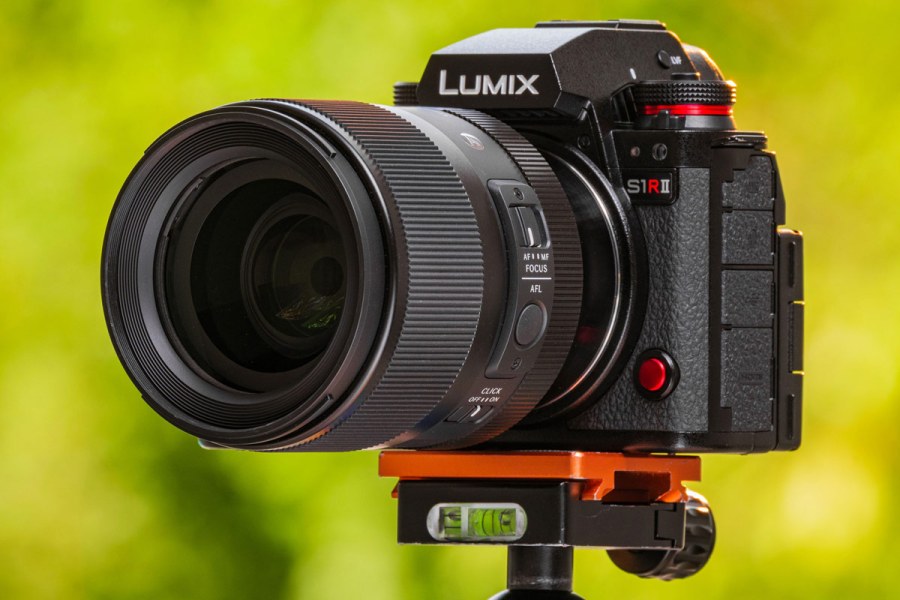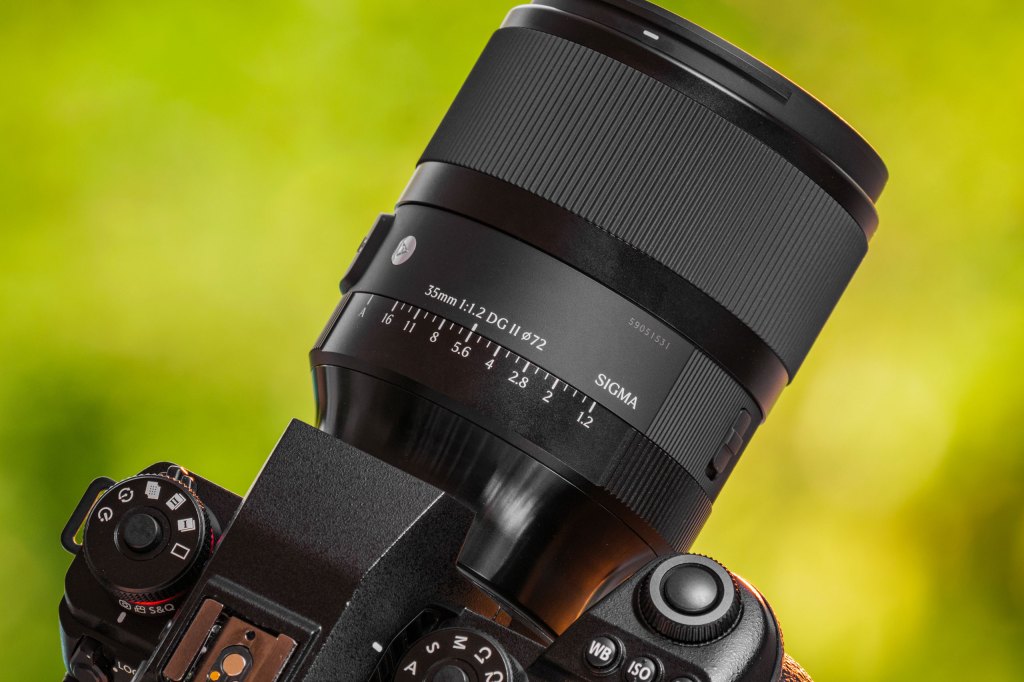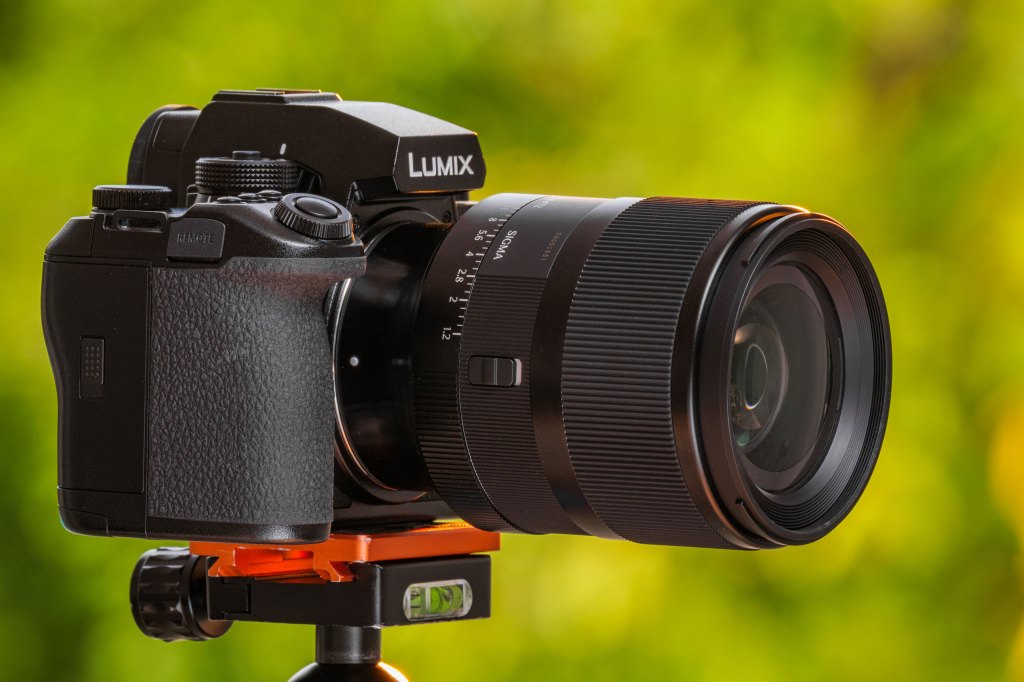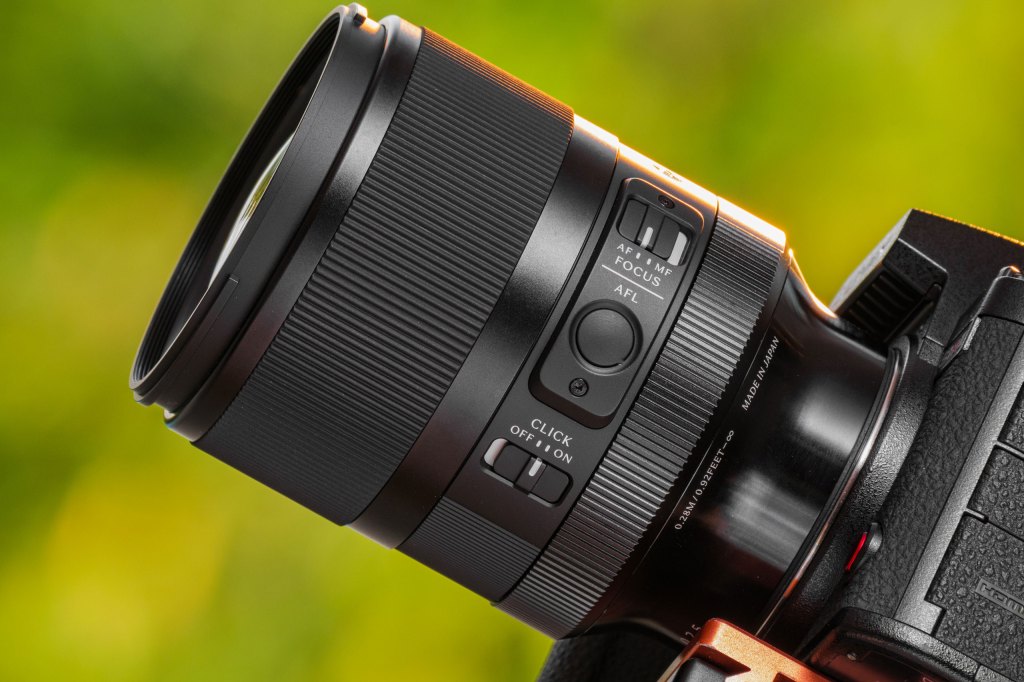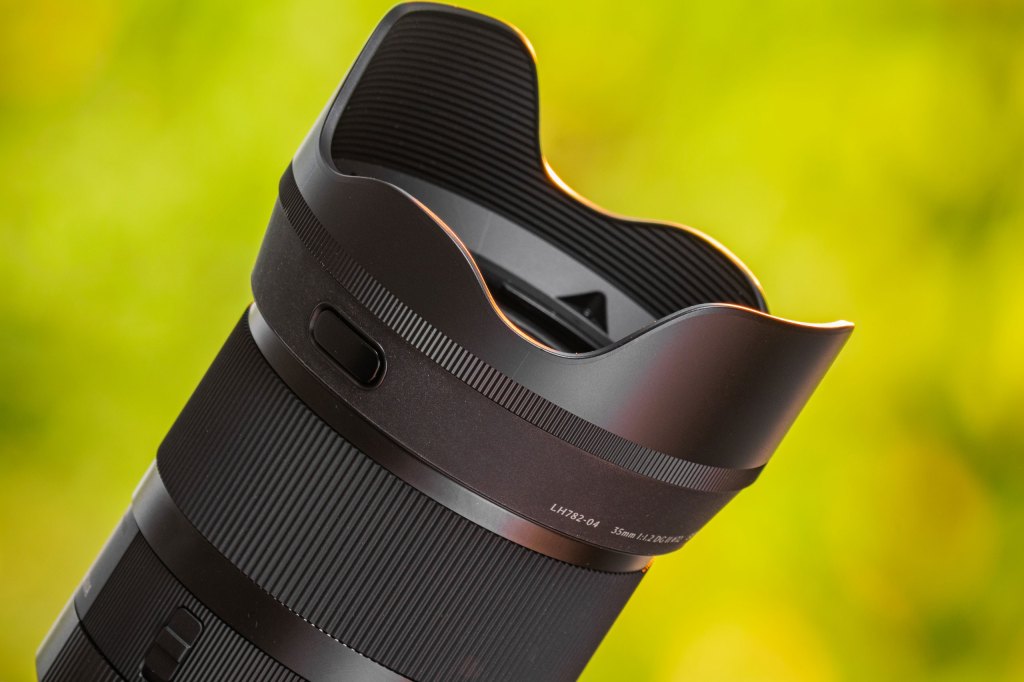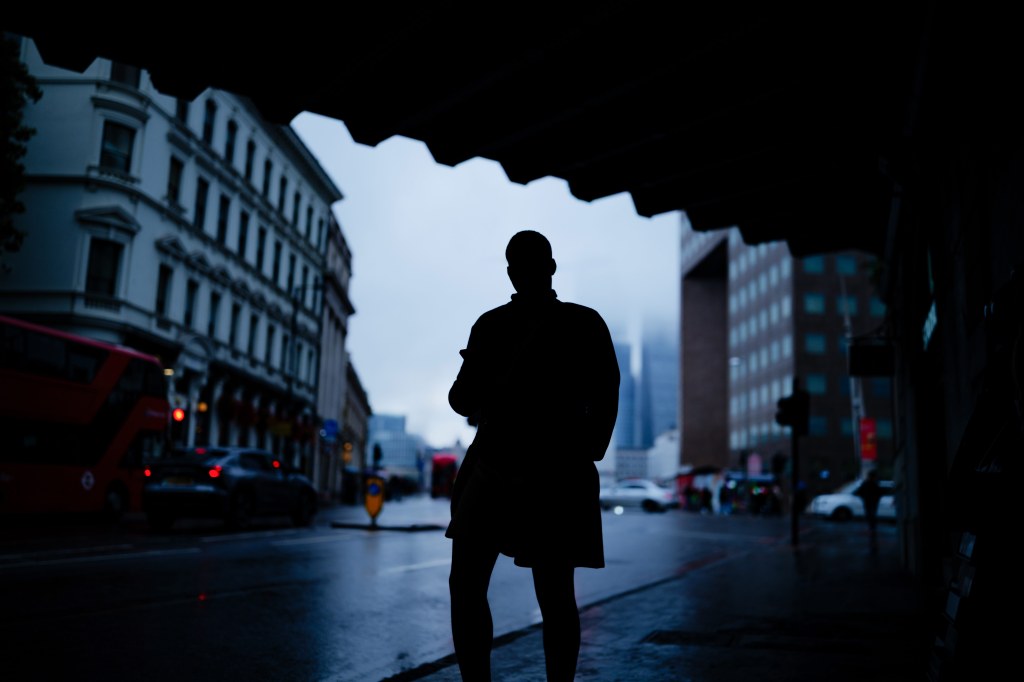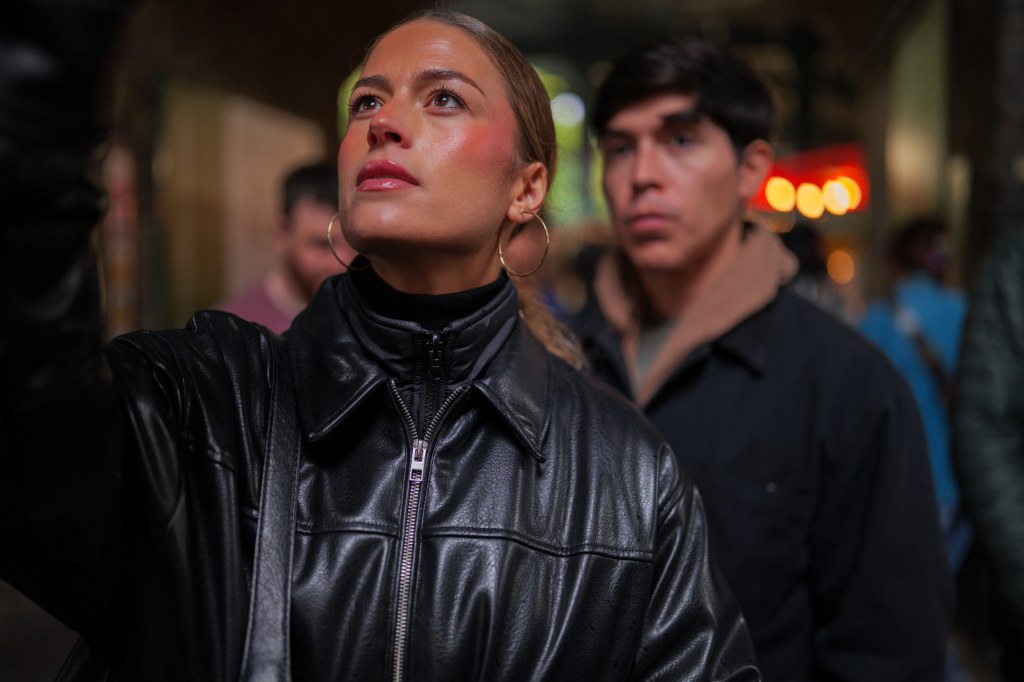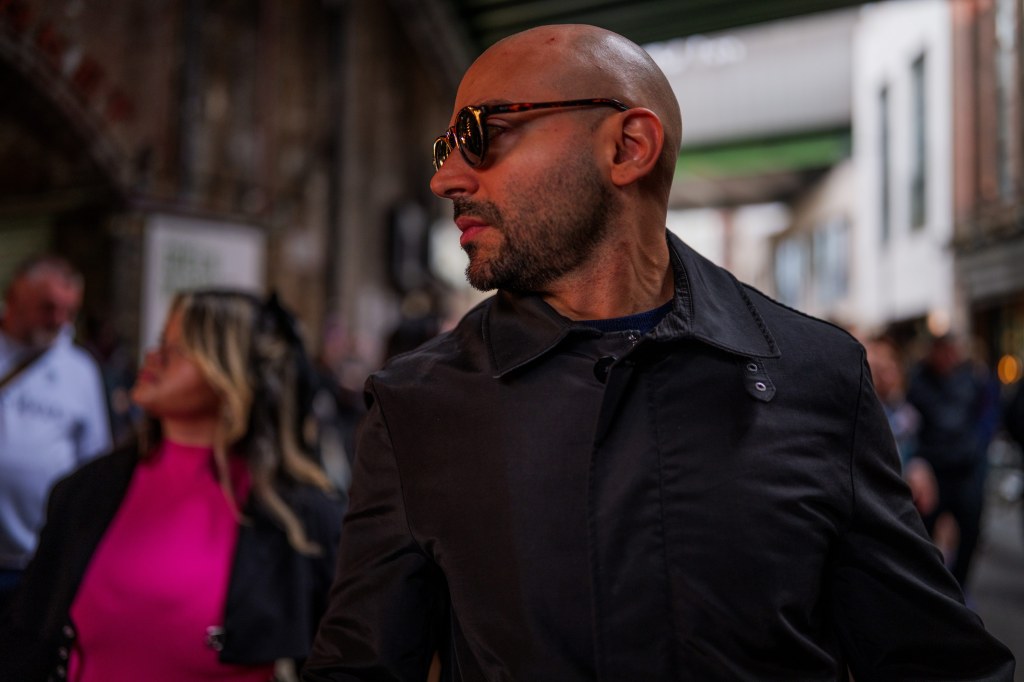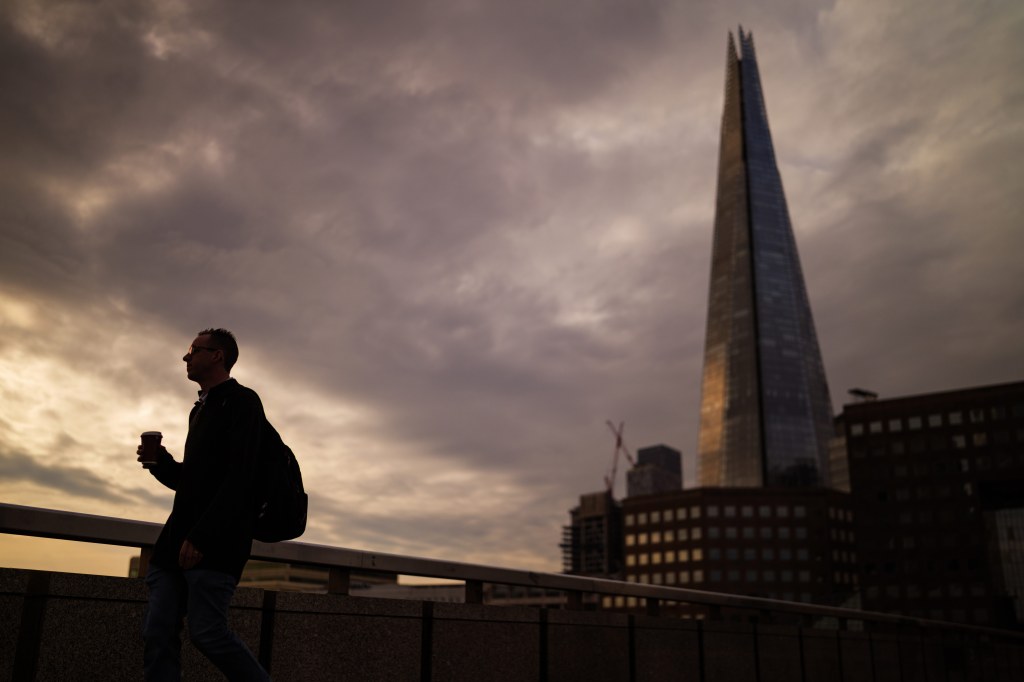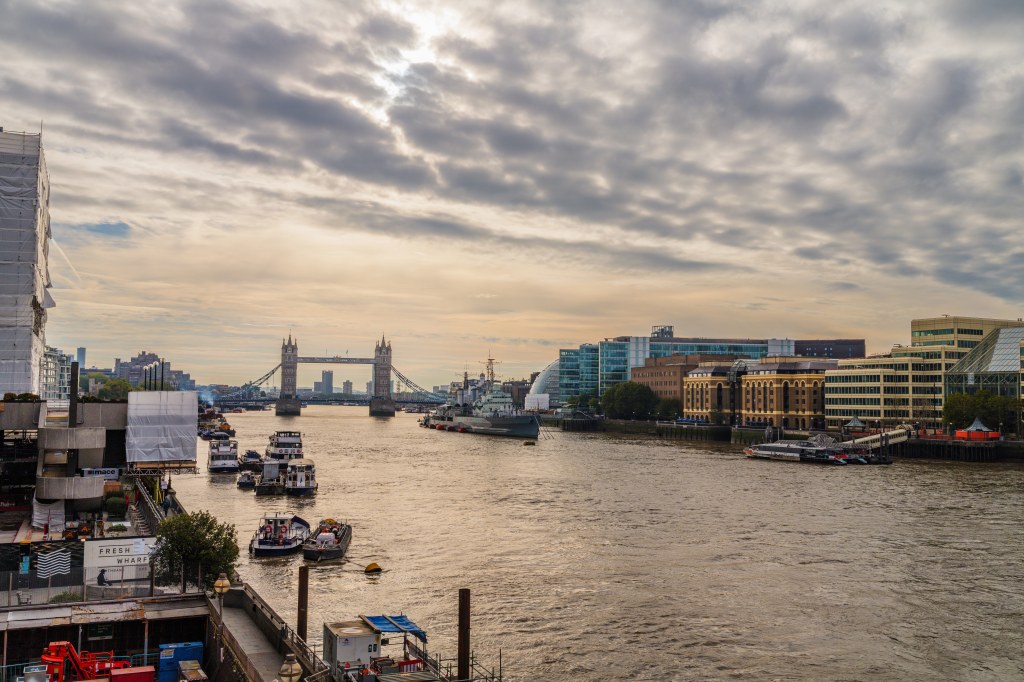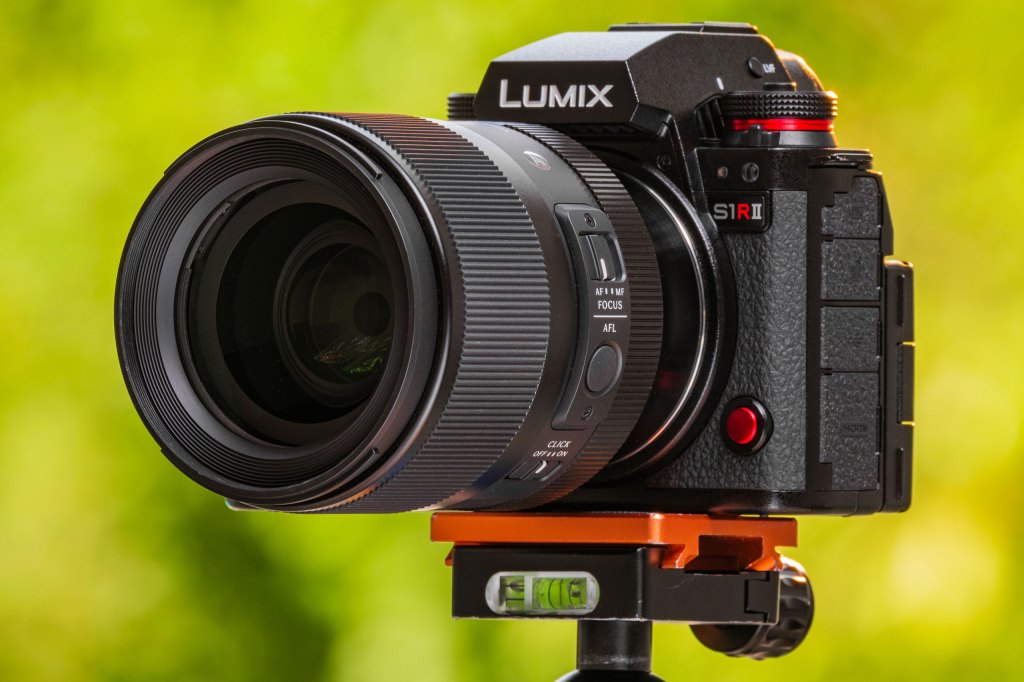Amateur Photographer verdict
Shooting at f/1.2 isn’t going to make you a better photographer, but it does give you an extra chance of making your pictures stand out from the crowd- Super-wide maximum aperture
- Very good resolution at f/1.2
- Exceptional resolution at f/4
- Lighter and smaller than predecessor
- Great value
- Filter size dropped to 72mm
- Erm…
- Still a bit heavy
Sigma 35mm F1.2 DG II Art at a glance:
- Price: $1549/£1299
- Filter diameter: 72mm
- Aperture: f/1.2-16
- Min focus: 28cm
- Dimensions: 111.4mm x 81mm
- Weight: 755g
- Lens Mount: Leica L and Sony E
The first lens that Sigma launched in its Art range was a 35mm. I remember standing in a fancy hotel on the banks of the Rhine, on the day before my birthday in 2012, when Sigma CEO Kazuto Yamaki announced Sigma’s new Global Vision series comprising Contemporary, Sport and Art lenses to an audience of unsuspecting journalists and camera dealers. His father, and the founder of the company, the great Michihiro Yamaki had died only eight months before aged 78, and here was the son taking the business in a new direction already. Sigma made some really good lenses at that time, so why the company needed this new branding and labelling we didn’t know – until we started testing those new lenses. Then we realised what the Art designation actually meant.
Fourteen years later that original Sigma 35mm f/1.4 DG HSM Art lens has transitioned a few times with f/2 and f/1.2 versions and the introduction of the L-Mount Alliance. This new model is an upgrade of the original 2019 Sigma 35mm F1.2 DG DN Art, but we don’t say DN anymore as we assume all new lenses are for mirrorless cameras. And now, we have a smaller, lighter body, along with improved optical performance, And now, we have a smaller, lighter body, along with improved optical performance, all for $1549 / £1299.
Sigma 35mm F1.2 DG II Art – Features
The Sigma 35mm F1.2 DG ll Art lens is designed to be used with full frame sensors, and is available for cameras fitted with the Sony E and Leica L mounts. Full frame lenses with maximum apertures as wide as this tend to be pretty big, but one of the benefits of this new model is that it is 30% smaller than the previous incarnation. The original model weighs 1090g and measures 88mm in diameter and 136mm in length, but in the new version, Sigma has slimmed the body to 81mm x 111.4mm and it now weighs just 755g.
Those smaller measurements, while welcome, may not make too much of a difference in your camera bag, but the 300g+ weight loss will, while the dramatic drop in filter size from 82mm to 72mm brings us back into the realms of more readily-available and lower-cost filters and accessories.
The new lens still uses 17 elements in its construction, but they are arranged slightly differently, and with four instead of three aspherical elements. Sigma says these element shapes, as well as thinner designs in high reflective index glasses, help to keep the weight and bulk down, but it is the adoption of a floating focus system that really makes the difference. Now we have two focusing groups instead of one, and they are driven independently of each other by a pair of High-response Linear Actuator motors to reach their focused positions quicker and with less focus breathing – and less noise.
As is standard on modern Sigma Art lenses, we have a collection of buttons and switches on the exterior of the lens barrel to determine how we handle the lens while it’s in use. The manual aperture ring can be clicked or declicked, and it can be locked into position in the manual range or to the auto setting. Our aperture range runs from that large maximum of f/1.2 to f/16 at the small end, and third-stops are evenly marked between every full stop setting. We also have an AF/MF switch to alternate between modes, and a single AFL Auto Focus Lock button. The AFL button can be customised when the lens is used with compatible cameras – on the Lumix S5ll and Panasonic Lumix S1Rll I was using I had a choice of 18 possible functions, as well as the chance to deactivate it completely.
Sigma 35mm F1.2 DG II Art – Build and Handling
Anyone familiar with the Sigma Art range will not be surprised to hear this is a very nicely made lens. It’s solidly built, and while no one would describe a 755g lens as lightweight, it also doesn’t feel overly heavy for its size. I suppose we could say it feels ‘reassuring’. If small and lightweight lenses are your preference then this isn’t for you, but if you can manage it, the weight and size are more than compensated for by the extra-large maximum aperture. There aren’t many 35mm f/1.2 AF lenses, but this is the lighter of them by some distance.
The lens is dust and splash-proof, so we don’t need to worry too much about a bit of rain or a windy day in a dry field, and the front element is coated to resist oil and water.
The lens is definitely best suited to a camera with a substantial grip, but I used it successfully on the Panasonic Lumix S9 – which has none at all – by holding the kit by the lens and operating the camera with my free hand. On any of the cameras I mounted it, I found the lens offered its controls willingly when they are required, and all the crucial buttons and sliders fall directly below the thumb that is looking for them.
Sigma 35mm F1.2 DG II Art – Autofocus
I don’t have a scientific way to measure AF speeds in lenses accurately, so I have to just go on my gut feeling, and compared to the Panasonic 35mm f/1.8 this Sigma lens does nothing to slow down the process of finding focus. The Panasonic lens is much smaller and lighter, and so has some physical advantages, but still the Sigma 35mm DG F1.2 ll Art manages to shift its elements, via those two AF motors, more than quickly enough. The extra light it lets in could even be more helpful in single-shot AF mode when we rely on contrast detection. It’s quick.
Sigma 35mm F1.2 DG II Art – Image quality
It’s pretty difficult to have a lens like this on your camera and use any aperture other than the widest. At least, I found it so. But despite shooting 79.65% of the pictures I made with this lens at f/1.2, I did manage to use the other apertures as well. Even had I not used any of the other aperture settings, I would have been quite happy with the performance of the lens. It is sharp enough when wide open, and maintains a good standard of resolution right across the frame.
As we close down, though, things get even better, with excellent resolution and contrast as early as f/2.8. Optimal resolution comes to those who set f/4, at which point the lens is exceptionally sharp, and remains really very good until f/11, dropping slightly at f/16. None of that progression is a surprise, but the amount of detail we can record at f/1.2 is. It is a more-than usable aperture, if sharpness is your concern.
Sharpness should be a concern too, of course, but I think it is the magic combination of shallow depth-of-field and wide view that will appeal to many people – and they won’t be disappointed. It really is a very good look, and while f/4 might be the sharper aperture, f/1.2 is certainly good enough, and gives us the special look we are paying for. Depth-of-field is shallow at f/1.4 too, and we still get a very nice effect at f/2.8 when the background is a long way off.
We have some corner shading that isn’t dealt with, but it isn’t intrusive and is gone by f/4. I detected a little chromatic aberration on high contrast edges right through the aperture range, especially when we focus on distant objects, but frankly you have to look too closely to see it, and it won’t appear at regular magnifications.
Our out-of-focus areas are really very nice indeed. Highlights are pretty clean and rounded, and the transition from focused to out-of-focus is smooth and creamy. We don’t get the dramatic bokeh rings that come with a fast telephoto lens, as a wide angle lens creates a much more moderate effect – but backgrounds look nice, un-distracting and remain firmly in the background.
Sample image gallery
Verdict
There are lower-cost 35mm lenses to be had, so if you don’t need f/1.2 you have plenty of other choices. This particular lens, though, is for those who relish in the difference between f/1.2 and f/1.4, and who don’t mind paying £530 extra for the sensation. I can’t tell anyone what’s good for them, but I know that I value the difference between an aperture that’s 29mm over one that’s 25mm, that seemingly tiny shift in f/number, and particularly the effort that has gone into making sure shooting at f/1.2 is properly exciting.
Shooting at f/1.2 isn’t going to make you a better photographer, but it does give you an extra chance of making your pictures stand out from the crowd. Once you learn to make the most of the shallow focus combined with the wide field of view, you’ll find it’s an effect that’s hard to stop using. And £1299 is a remarkably good price to pay for that kind of excitement.
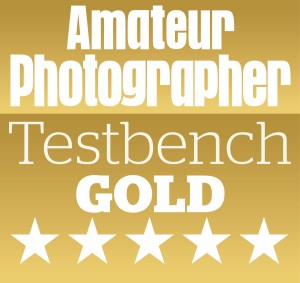
Related reading:
Full specifications
| Filter diameter | 72mm |
| Lens elements | 17 |
| Groups | 13 |
| Diaphragm blades | 11 |
| Aperture | f/1.2-16 |
| Min focus | 28cm |
| Length | 111.4mm |
| Diameter | 81mm |
| Weight | 755g |
| Lens Mount | Leica L and Sony E |
| Included accessories | Lens Hood, front and back caps |

